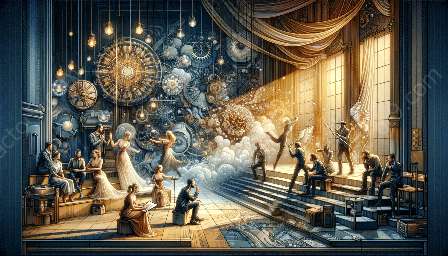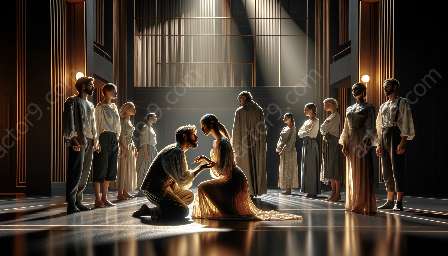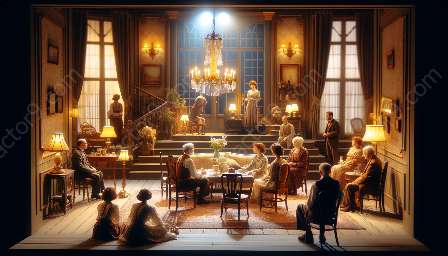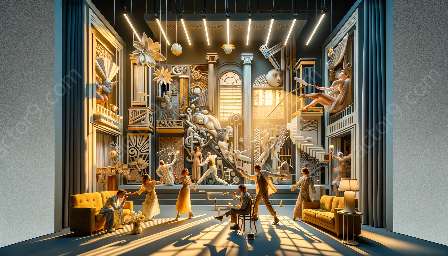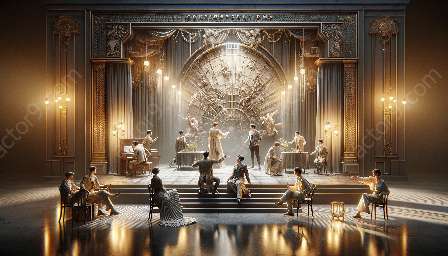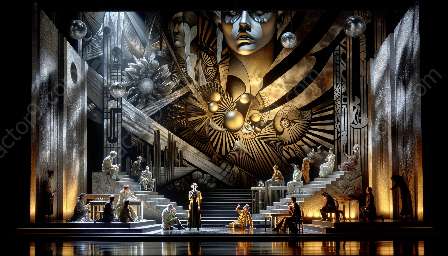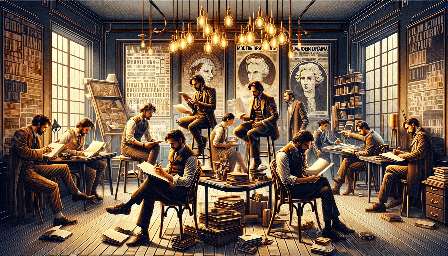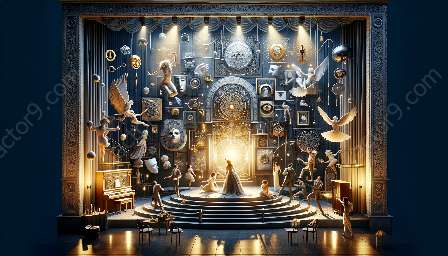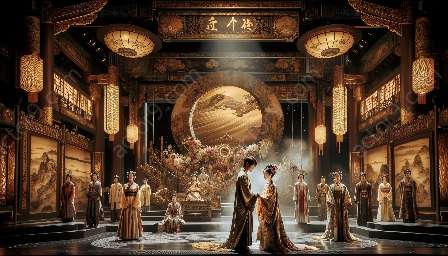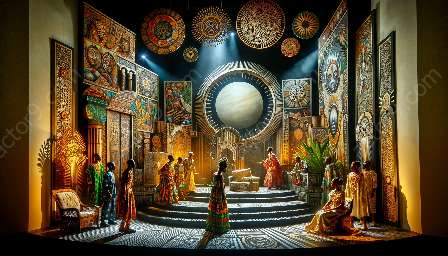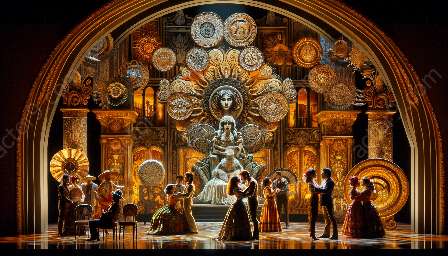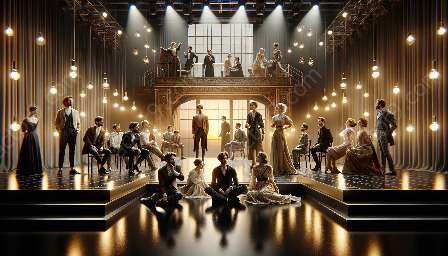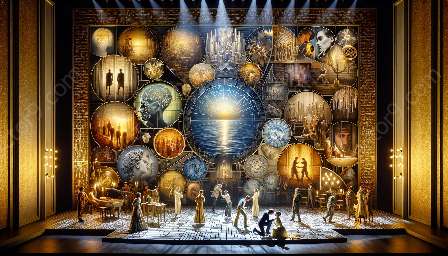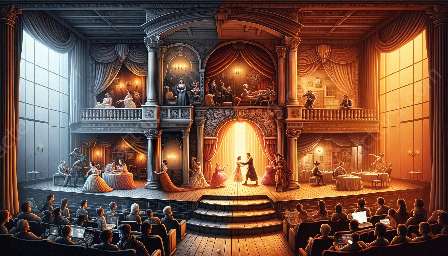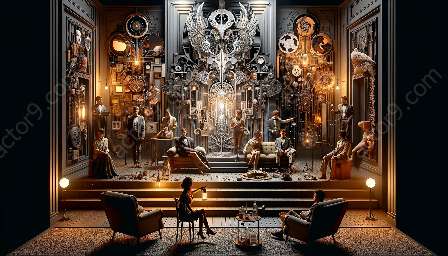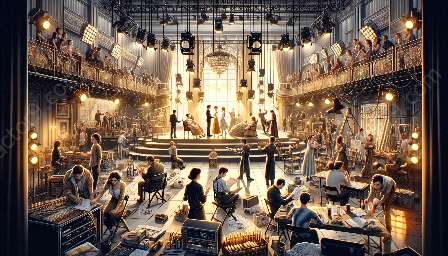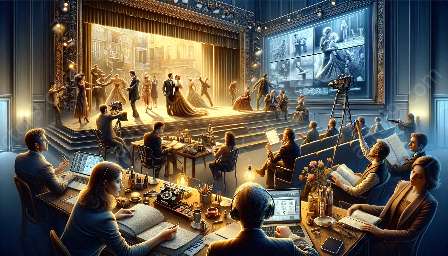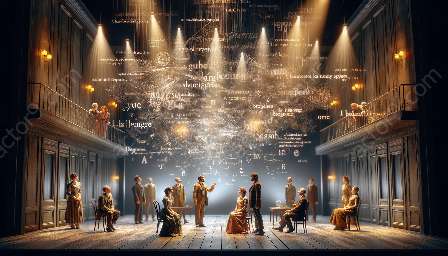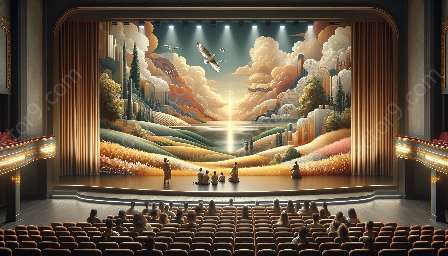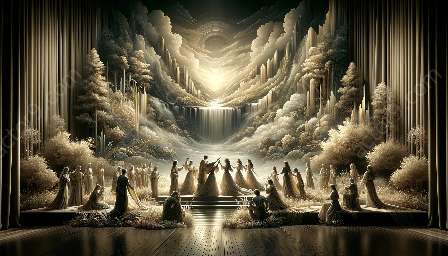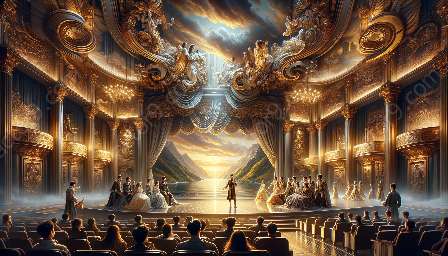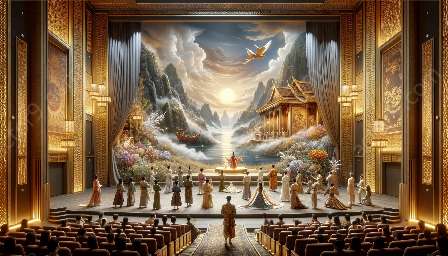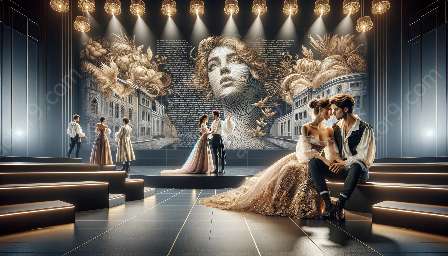Modern playwrights have continued to harness the power of expressionist techniques to convey powerful social and political messages in their drama. This topic cluster will delve into the impact of expressionism in modern theatre and how playwrights employ these techniques to address contemporary issues.
Expressionism in Modern Drama
Expressionism, as a theatrical movement, emerged in the early 20th century as a response to the tumultuous and rapidly changing world. It sought to depict the inner emotions and experiences of characters through distorted and exaggerated forms, often reflecting the anxieties and alienation of the modern age. In modern drama, expressionism has evolved to become a potent tool for conveying societal and political commentary.
Techniques Utilized by Modern Playwrights
Modern playwrights employ a variety of expressionist techniques to effectively communicate social and political messages in their works. These techniques include:
- Distorted Characters: By presenting characters in exaggerated and distorted forms, playwrights can encapsulate societal issues and challenges, bringing them to the forefront of the audience's consciousness.
- Symbolism: Symbolic imagery and motifs are frequently used to convey deeper social and political meanings. Playwrights utilize these symbols to evoke emotional and intellectual responses from the audience, encouraging reflection on contemporary issues.
- Non-Linear Narratives: Departing from traditional linear storytelling, modern playwrights often utilize non-linear narrative structures to capture the fragmented and disorienting nature of contemporary societal experiences, providing a unique lens through which to explore social and political themes.
- Visual and Aural Distortion: Through the manipulation of visual and aural elements, such as set design, lighting, and sound, modern playwrights create immersive and evocative environments that reflect the dissonance and discord present in modern society.
Impact on Contemporary Audiences
The impact of expressionist techniques in modern drama extends to contemporary audiences, provoking thought and dialogue around pressing social and political issues. By engaging with these works, audiences are prompted to confront the complexities of the world around them, fostering empathy, understanding, and action.
Conclusion
Modern playwrights continue to harness expressionist techniques to convey powerful social and political messages in their drama, enriching the theatrical landscape with thought-provoking and impactful works. The legacy of expressionism in modern theatre endures, offering a dynamic platform for addressing and engaging with the pressing concerns of our time.


